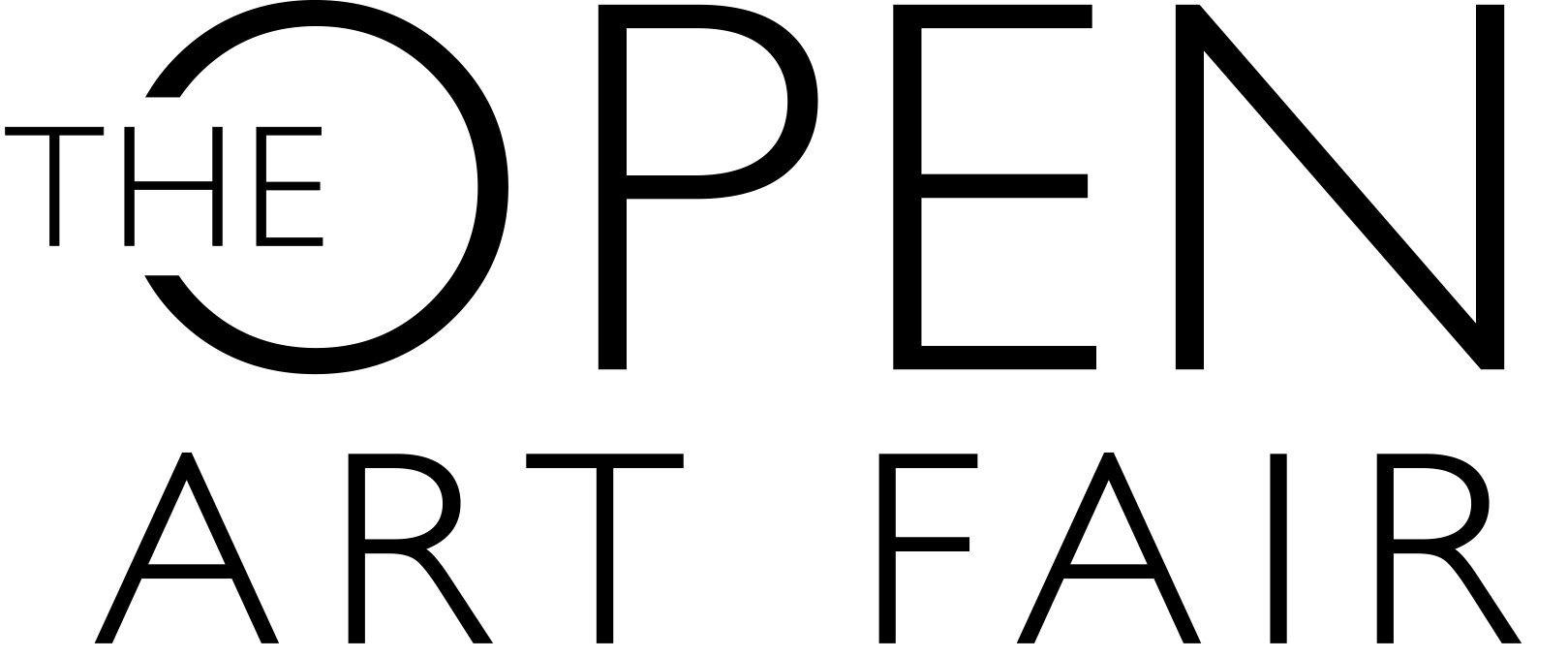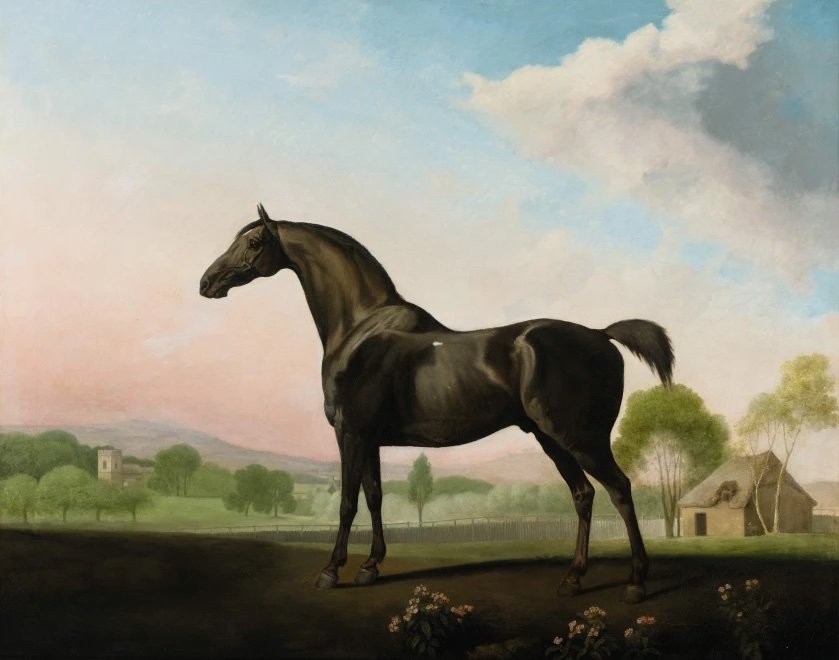The Art of Photography
16 September
How photography has become recognised as fine art, and what the future holds.
Colin Gleadell
Colin Gleadell writes on the art market for The Daily Telegraph, Artnet and Art Market Monitor.
Most people visiting or exhibiting at Photo London (Somerset House, until September 12), would probably think of photography as art. But it wasn’t always thus. Although painters in the 19th century, like the wealthy Impressionist, Gustave Caillebotte, were fascinated by photography and even collected it, it was still thought of as too mechanical a process to qualify as art. I will return to this in another article on vintage 19th century photography, but for now I want to rely on my own memory of how and when some contemporary photographers became accepted as fine artists.
In London, the first specialised gallery to open was The Photographer’s Gallery in 1973. But The New York Times characterised the gallery as specialising in ‘newspaper photography’ saying: ‘In London, Photography is Still not Art.’
Cindy Sherman (b. 1954), Untitled #93, chromogenic print, 61 x 121.9 cm, executed in 1981. This work is from an edition of ten plus two artist's proofs. Estimated at $2,000,000-3,000,000, to be included in a sale at Christie’s New York in November 2021.
Image courtesy of Christie’s.
Nevertheless, a seed was sown. Over the following decades, a solid phalanx of photography galleries was set up in the UK including Stills in Edinburgh (1977), and Hamiltons (1977); Zelda Cheatle (1989), Michael Hoppen (1991) and Atlas (1994) in London, to name only a few. The mix was generally vintage (or as near to as possible) classic moderns, and contemporary professionals (photojournalism, fashion etc.,) – stopping short at photography by fine artists and setting up a kind of ‘segregated market situation’, as Michael Hoppen describes it.
In the auction market, working photographers such as Bill Brandt, or Henri Cartier-Bresson, were sold in photography auctions. Another breed of photographer was classified under ‘contemporary art’ and sold in contemporary art auctions. These included the likes of Cindy Sherman, Joseph Beuys or Gilbert and George whose work related to performance or conceptual art . Their photographic work contained no obvious narrative and did not interest mainstream photography dealers or collectors like Elton John.
The most dramatic development, however, took place outside the realms of performance or conceptual art with the introduction of digital art in the 1990s. Here, the greatest impact was made by the Dusseldorf School photographers, Andreas Gursky, Thomas Struth and Thomas Ruff, who were included in contemporary art auctions because they were presented by fine art galleries and were making serious money.
Seeing Gursky’s work for the first time at Tate Liverpool in 1995 I was struck particularly by the size of the prints. Gursky had been printing in much smaller format before, but now they were much larger – to hold their own with the large paintings by Baselitz or Kiefer they had to contend with.
The first auction sale of a large-scale print by Gursky was in 1994, when an example sold for nearly $10,000. Hoppen remembers his first visit to The Photographer’s Gallery and seeing a large Gursky print of a stock exchange for £30,000. Prices by the Dusseldorf photographers then climbed rapidly into six figures and in 2011 a large Gursky print of the Rhine sold for $4.3 million – a record for any photograph.
Terry O'Neill, Brigitte Bardot, Spain, 1971, Silver print, printed later, 120.3 x 90.4cm. Sold for £20,160 at Sotheby’s in the ‘Made in Britain’ sale, September 2021.
Credit: Sotheby’s.
One reason for the price escalation was the way in which Gursky’s digital manipulation brought photography closer to painting. As Ralph Rugoff, the director of the Hayward gallery said: by digitally constructing his images, Gursky was “establishing a dialogue with abstract art and composing pictures the way a painter would.” Or, as a curator at the Museum of Modern Art in New York said, Gursky’s shift from analog to digital was “from taking images to making them.” “ Andreas is not,” said Rugoff, “a journalist doing reportage.”
Going hand in hand with the boom in prices for contemporary photography was this museum recognition of photography as art. Whereas previously at the Tate artist’s photographs (like Paul Nash’s nature studies) had been relegated to the archive department, it began to incorporate the latest work by ‘artists working with photography’ as they put it, in their main art collection. In 1995, Tate bought Gursky’s view of a Paris Montparnasse apartment block for the museum’s collection when the price would have been around £30,000. In 2013 another from the edition sold for £1.4 million.
There are no photography sales in London coinciding with Photo London this year, apart from the annual Made in Britain sale at Sotheby’s which mixes modern and contemporary fine art, craft, design and photography. This year follows the pattern of previous years with celebrity glamour snaps of Brigitte Bardot (by Terry O’Neill), Kate Moss (by Mario Testino) and Sienna Miller (by Lorenzo Agius) priced from £3,000 - £10,000. Artful they may be, but you’d be pushed to classify them as fine art.
James Barnor, AGIP Calendar Model, 1974. Lambda print, 48 x 48 cm.
Image courtesy of October Gallery, London.
Over at Photo London there may have been no Gurskys, but there were photographers aiming at artist status. Sometimes it’s the curators doing it for them like the nonagenarian West African photojournalist James Barnor who is also having a retrospective show at the Serpentine Gallery – that citadel of fashion in contemporary art.
But at auction, the photography market appears to be going through a moment of impasse. Data analysts, ArtTactic have calculated that sales of photography at auction, both traditional and contemporary, have sunk by 45% since its peak in 2017. The Gursky boom looks over, though Hoppen says there are private buyers looking for specific images at top dollar.
A new injection of energy however, may be coming from an unexpected direction. Writing about Artificial Intelligence in the arts in the Guardian in 2018, the photography critic Sean O’Hagan predicted that, ‘Sooner than we think, it will be impossible for the human eye to tell the difference between an AI-generated image and a real photograph. ‘
At the moment, AI has had little real impact on the art market. One example made a splash in the papers in 2018 when a portrait, Edmond de Belamy, created by the Paris based collective, Obvious, sold for $432,500, almost 45 times its estimate. But that example is yet to be replicated.
AI art still has to establish itself in the museums before becoming a significant presence in the market. One step could be the new wing of the V&A’s photography galleries opening in 2023, which will feature a commissioned work by one of AI’s brightest new stars – Jake Elwes. Only recently out of art school, Elwes has been making an impression on art curators worldwide.
Jake Elwes, ZIZI 2019 (ongoing)- machine learning generated face for Zizi.
Image courtesy of Jake Elwes.
So where does AI fit in? In an email, Elwes elaborates: “the area of AI in art hasn’t really been defined - it often seems to fit into new media art more generally. Interestingly, though, many of my exhibitions have been in photography museums (The Photographer’s Gallery, V&A photography, Photoforum Pasquart, Fotomuseum Winterthur etc).
I certainly see it as falling under photography in the sense that it is photographic datasets that AI systems are learning from, dealing with and interrogating (facial recognition, deepfake, image generation etc) - it also challenges notions of the image & falls nicely into the history of the appropriated image in photography.”
Hoppen concurs. “Photography has always been at the cutting edge of technological advance, so its embrace of Artificial Intelligence was inevitable.”








